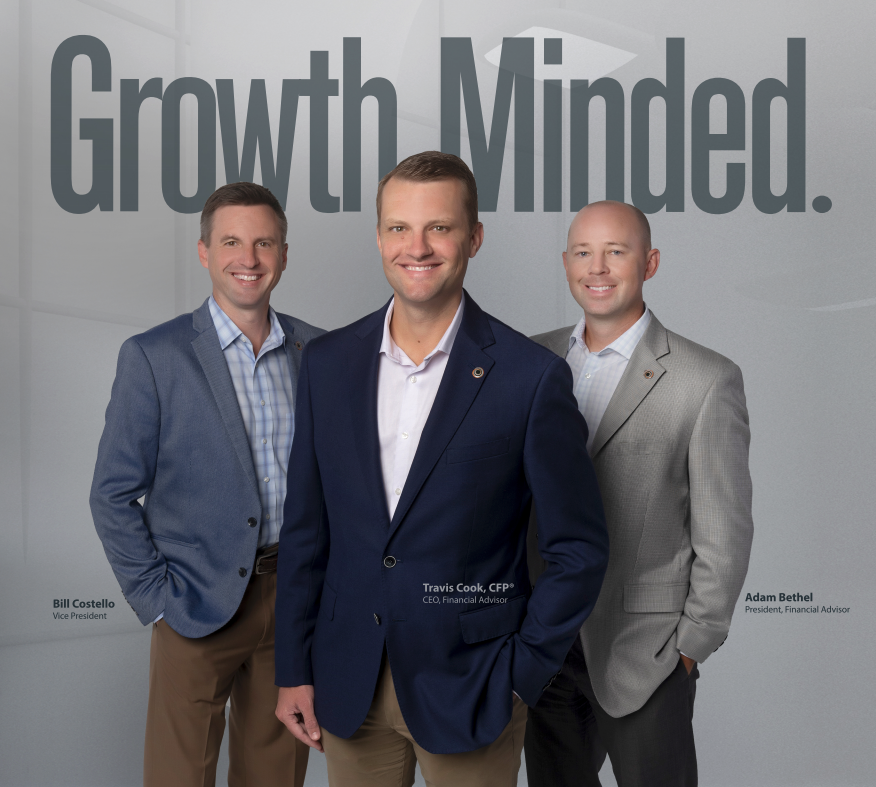When Wall Street and Martha’s Vineyard Converge: Tax Planning in your Investment Portfolio
By Kelsey Lyman, Director of Operations
The mind of an investment professional can be a complicated landscape of numbers, ratios, and ticker symbols. However, it’s no different than the artistic musings of a sommelier, seeking the right wine to pair with a meal. In the last two editions of our investment taxation blog series (part one and part two), we discussed capital gains and the ways that various account types are taxed. Here, in the final part of this series we’ll describe the guiding principles investors can use to optimize their portfolio’s tax situation by pairing investment types and account types to complement each other, much like a perfect steak and delicious cabernet sauvignon.
Before we explore some ideal combinations, let’s cover some basic background knowledge. Think of the investment selection process as a flow chart where you may only proceed if each question is satisfied, ultimately resulting in adding (or not adding) the investment to your portfolio. Does the investment either appreciate in price/income or protect your portfolio from risk? If not, it won’t be added to the portfolio. If so, excellent. Now we approach the nuanced portion of our flow chart – which account should hold the investment? To answer this question, we must understand how the investment is taxed and how long it will be held in the account. For the sake of simplicity, we’ll discuss mutual funds, ETFs, and long-term bonds (greater than one year until maturity) as example investments. Mutual funds pass on the capital gains and income of underlying investments periodically through the year to shareholders via an adjustment to the share price of the fund – which is reflected on 1099s and therefore the overall tax return regardless of whether a sale occurred. ETFs are structured a bit differently and are treated more like individual shares of stock. Dividends and interest from ETF holdings are taxed when paid out, but capital gains taxes aren’t incurred until the sale of the ETF in the account. Finally, in the case of investments with long-term maturities, the interest is taxed according to the bond’s type as it’s paid out. With these three different investments in mind, the fun begins when exploring the ideal account pairings based on the unique characteristics of each.

“ETFs are structured a bit differently and are treated more like individual shares of stock.”
Consider our previous discussion of tax treatment for each type of investment account – IRA funds are taxed at the time of withdrawal, the withdrawals from Roth IRAs are tax-free, and taxable accounts are taxed when investment activity occurs. What if you could supercharge your choice of investment by pairing it with the unique rules of account taxation? Take the mutual fund as an example. The nature of instantly realized capital gains may not be attractive in a taxable account where those activities are immediately shown on the account holder’s 1099. However, perhaps a mutual fund with a suitable strategy would be more appropriate for an IRA, or a Roth IRA, where capital gains, interest, or dividends won’t make a difference to the tax treatment of withdrawals from the account. Consider the bond with a maturity longer than one year. It’s ripe for taking advantage of long-term capital gains tax if it’s held to maturity, making it a better choice for the taxable account. Finally, consider the versatile ETF that allows the investor to choose their timing when triggering capital gains. It could be a good fit for any account since it’s less demanding on a taxable situation than the other investment options discussed here.

“An experienced financial professional can bring clarity when making allocation decisions”
Like our wine and food analogy suggests, there are no “perfect” pairings, but some are clearly better than others, and the best one is the one that’s right for your situation and preferences. If an investment is superior (meaning it generates a great return and aligns with your risk tolerance and time horizon), perhaps it’s like your favorite cabernet sauvignon – ordered at every meal and therefore held across multiple account types.
The strategies and tools discussed here are all suggestions for better educating investors and helping them make smarter investment decisions. It’s easy to see how quickly the selection of a single investment can become complex, and why an experienced financial professional can bring clarity when making allocation decisions – much like a sommelier for investments!
If you joined us for each part of our investment taxation series, we hope you feel more confident in understanding the role that assembling the right investment portfolio plays in the greater tax picture. Each individual’s financial situation is personal and unique, meaning that there is no one-size-fits-all solution.
The only question that remains is this: will you wisely pair a full-bodied red with your pasta? Or, without the help of a sommelier, accidentally crack open the PBR?
The opinions voiced are for general information only and are not intended to provide specific advice or recommendations for any individual. No strategy assures success or protects against loss. Investing in mutual funds involves risk, including possible loss of principal. Fund value will fluctuate with market conditions and it may not achieve its investment objective. ETFs trade like stocks, are subject to investment risk, fluctuate in market value, and may trade at prices above or below the ETF's net asset value (NAV). Upon redemption, the value of fund shares may be worth more or less than their original cost. ETFs carry additional risks such as not being diversified, possible trading halts, and index tracking errors.



